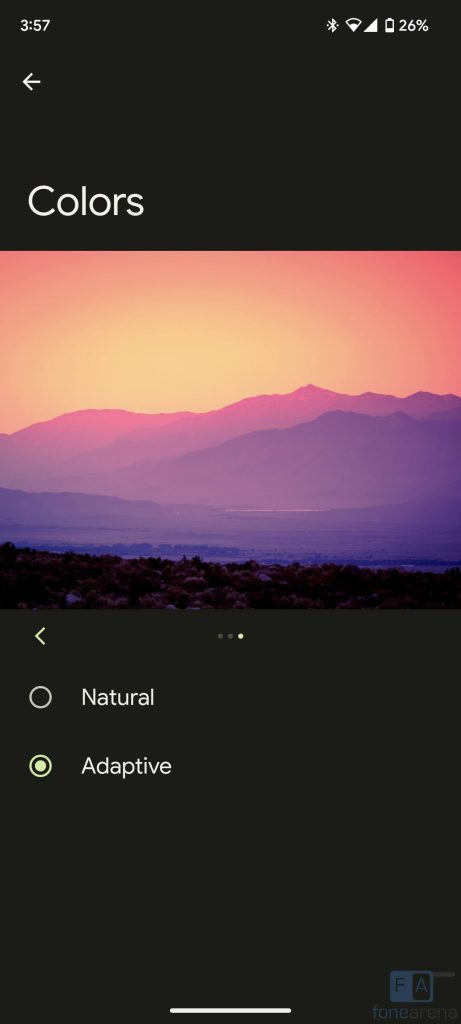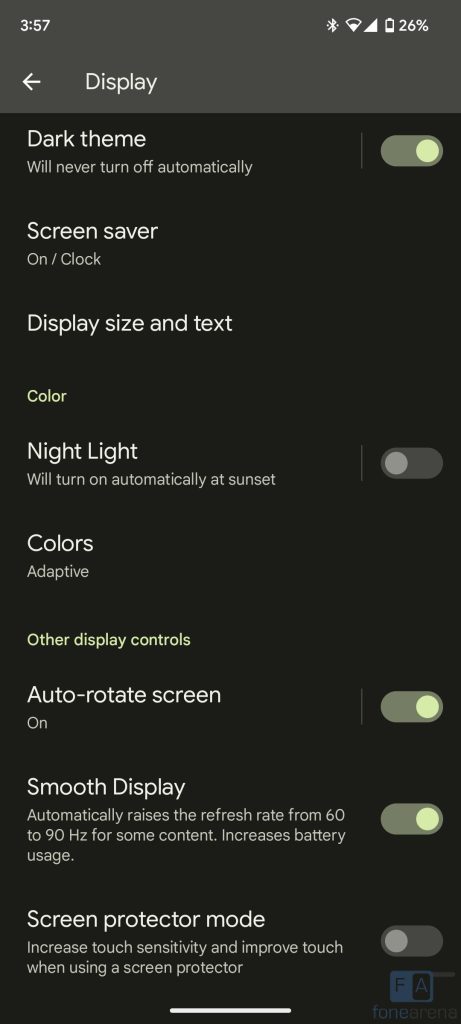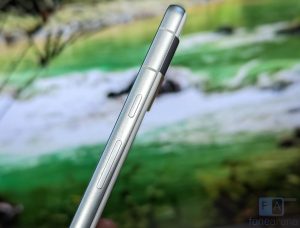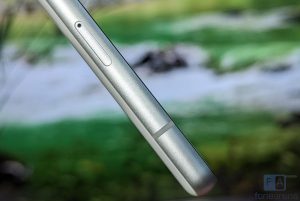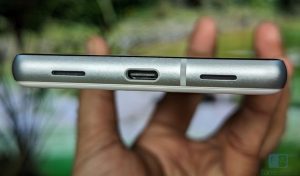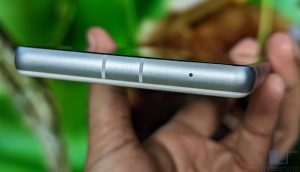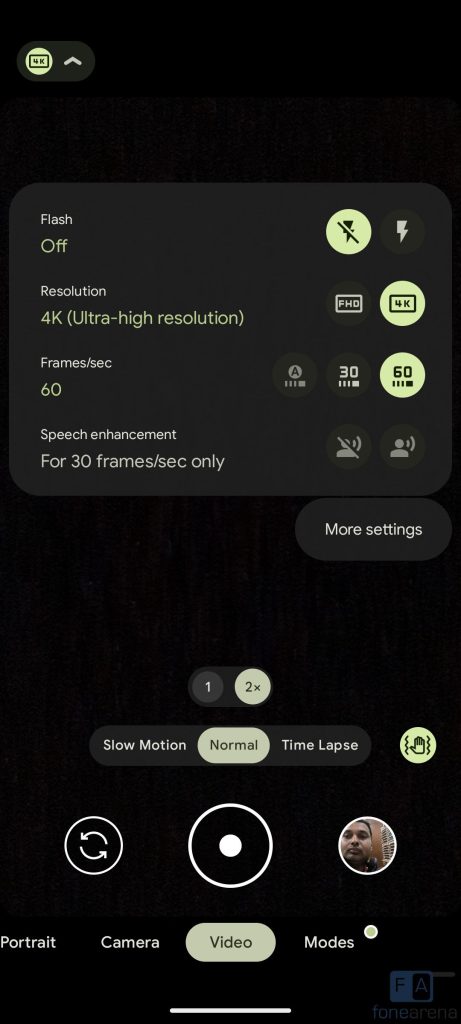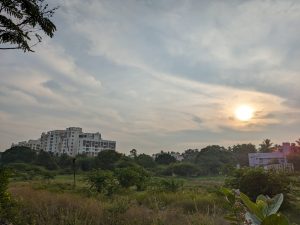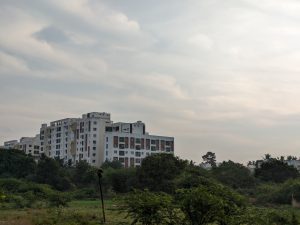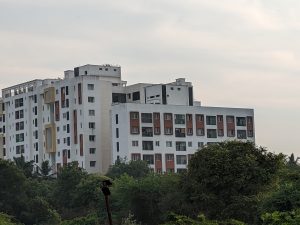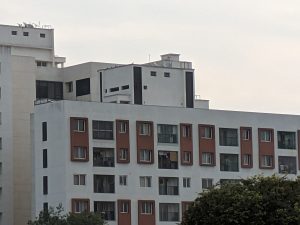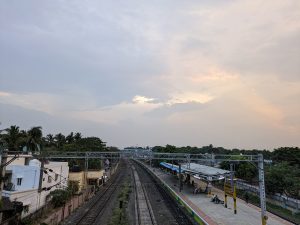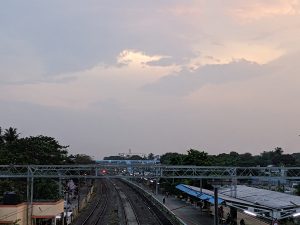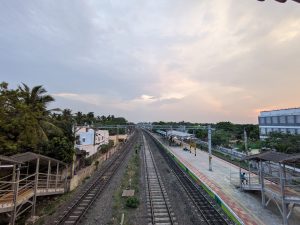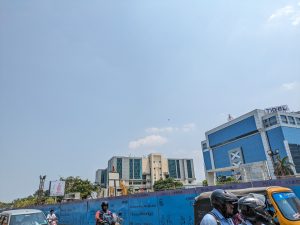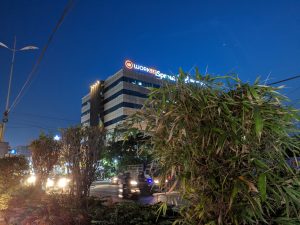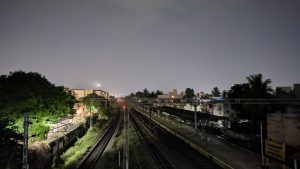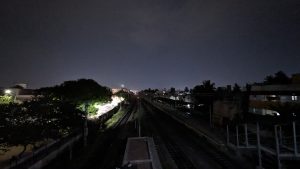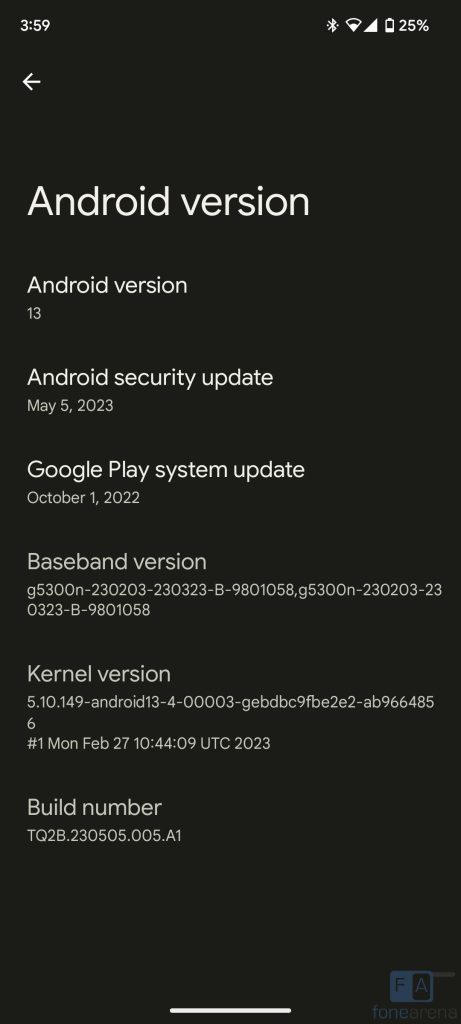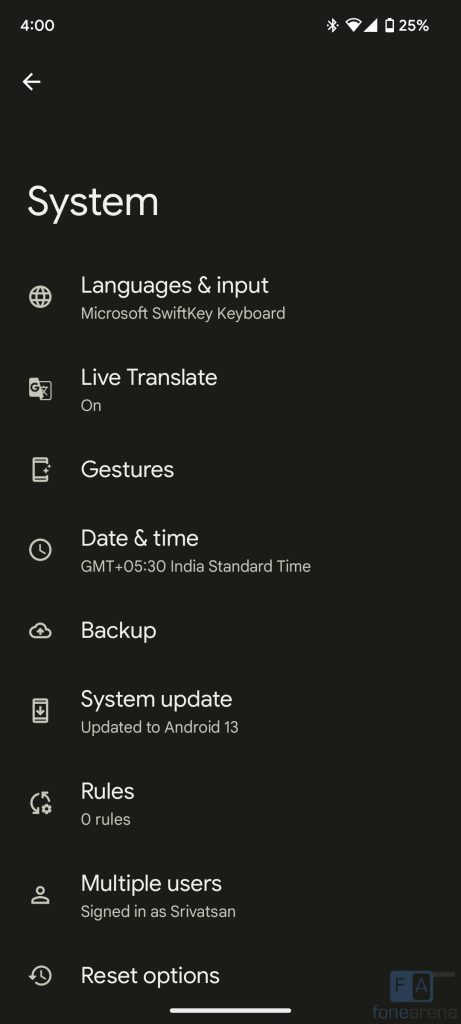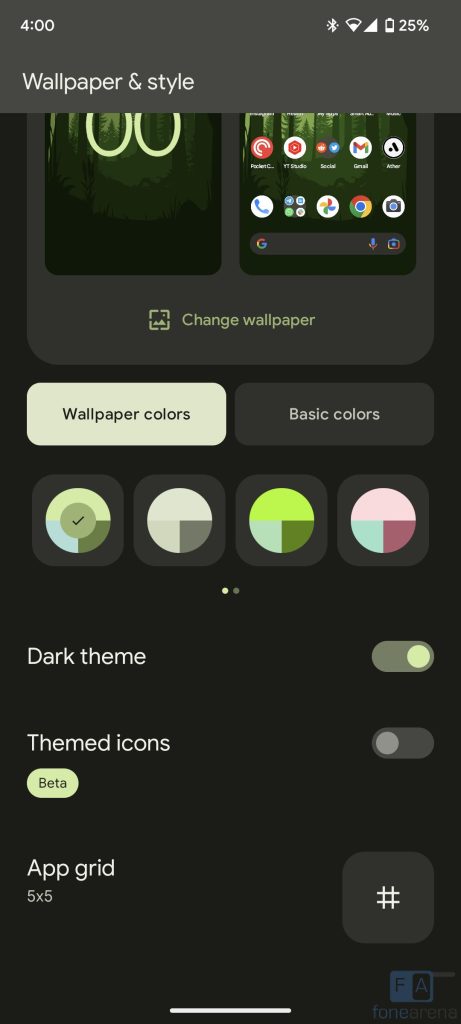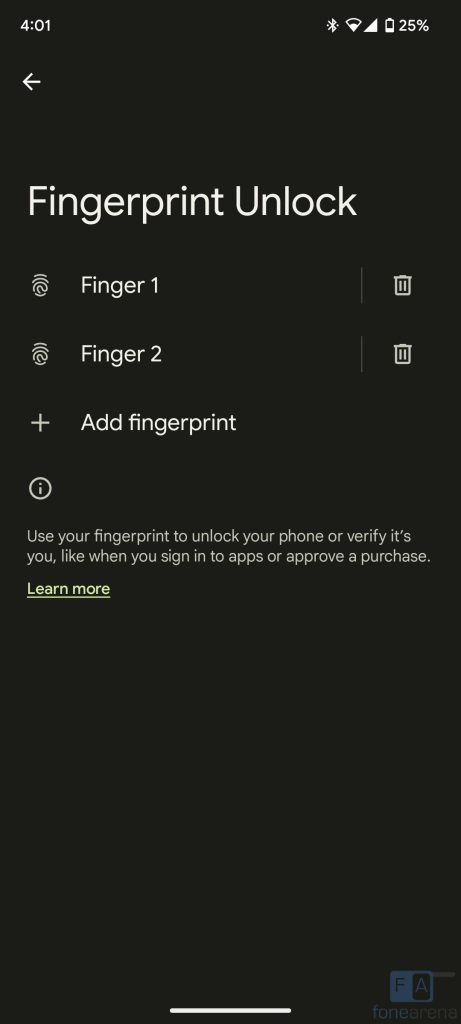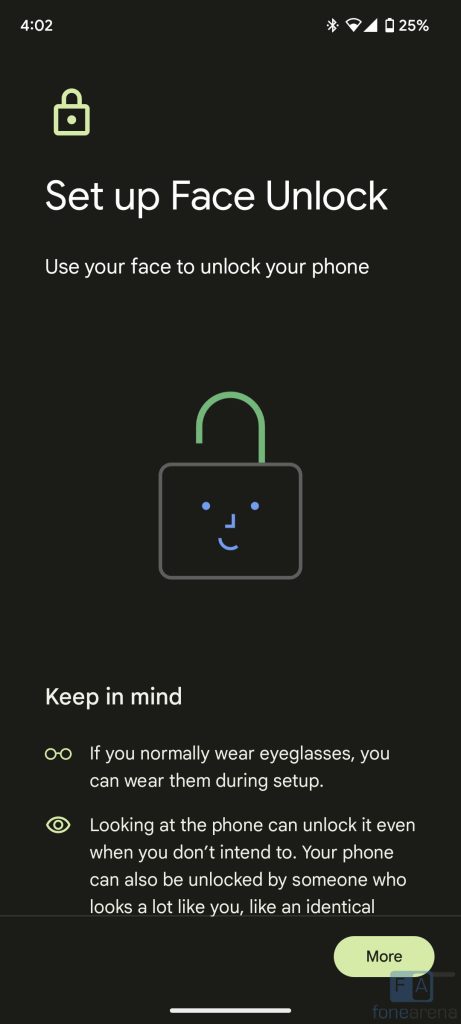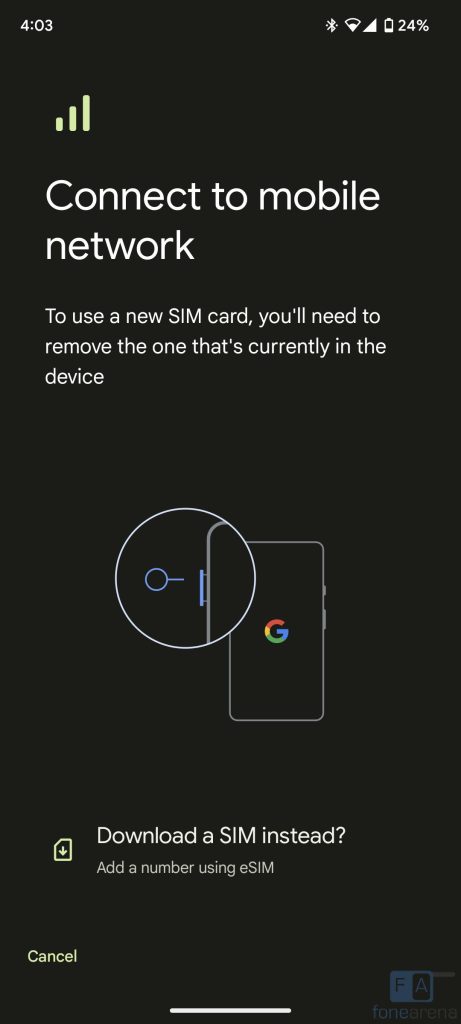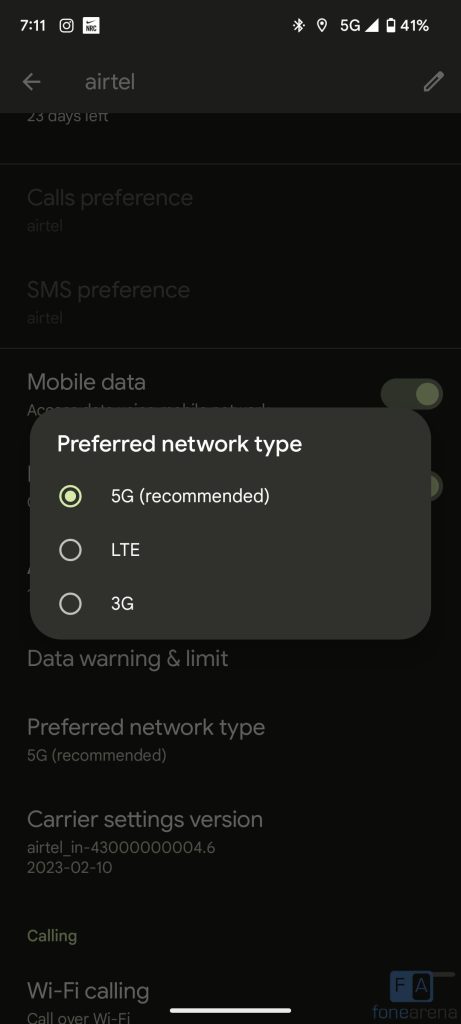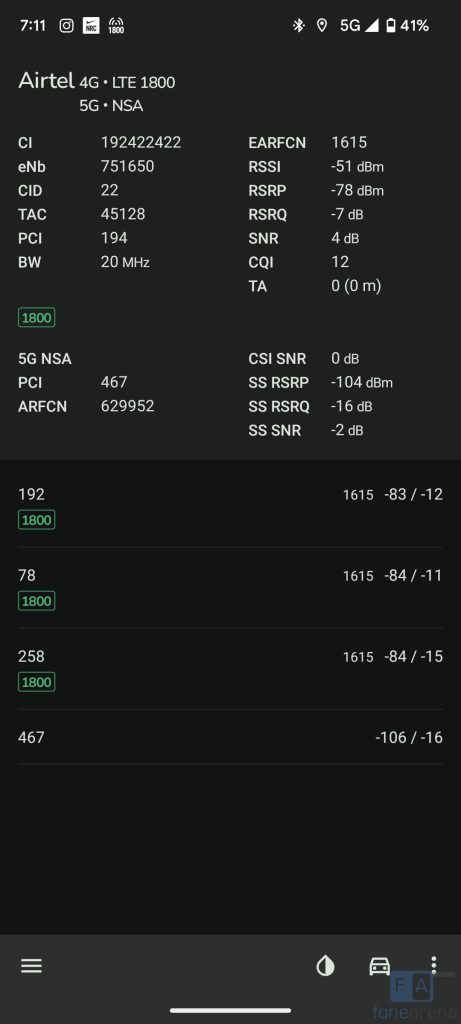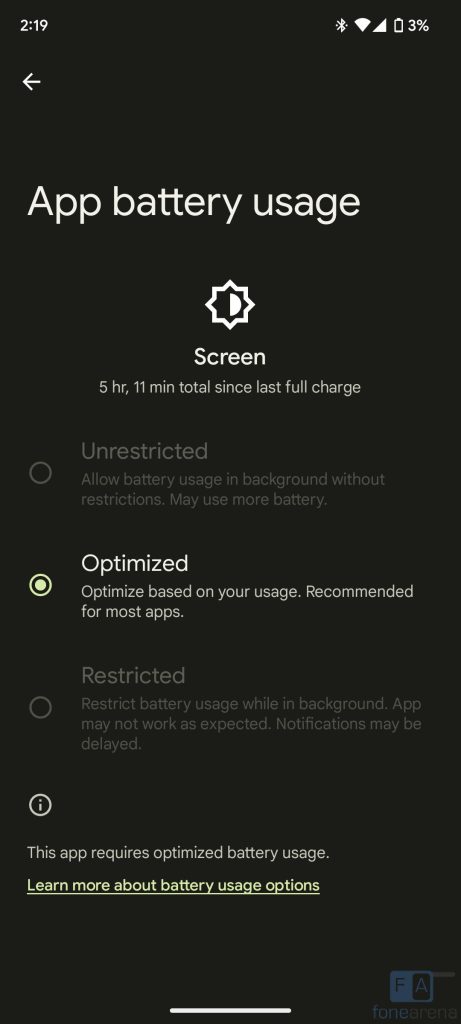![]()
Google launched the Pixel 7a, the company’s latest mid-range Pixel phone, earlier this month as the successor to the Pixel 6a. This has a similar design, but gets a 90Hz screen, latest Tensor G2 SoC, new cameras, and also adds wireless charging. Is this a good upgrade to the Pixel 6a? Let us dive into the review to find out.
| Box Contents |
| Display, Hardware and Design |
| Camera |
| Software, UI and Apps |
| Fingerprint sensor |
| Music player and Multimedia |
| SIM and Connectivity |
| Performance and Benchmarks |
| Battery Life |
| Conclusion |
Box Contents
![]()
- Pixel 7a in snow colour
- USB-C to USB-C Cable (USB 2.0)
- Quick Start Guide
- Quick Switch Adaptor
- SIM Ejector Tool
Display, Hardware and Design
![]()
Starting with the display, the Pixel 7a has a 6.1-inch Full HD+ OLED display with a pixel resolution of 2400 x 1080 pixels, 20:9 aspect ratio and a pixel density of about 431 PPI. The display is bright, and has HDR support. Outdoor visibility is good as well.
The phone has a 90Hz refresh rate display, compared to 60Hz in the Pixel 6a, but the competitors in the price range offer 120Hz refresh rate. Hope Google finally moves to 120Hz refresh range for all the Pixel 8 series. You can notice the high refresh rate, especially when you are scrolling through the UI and when gaming. It also has HDR 10+ support, which works for YouTube and Netflix.
Under the display options, there are different options to adjust colours based on your preference. There is also a night light option that lets you reduce the display’s blue light emission, so it doesn’t cause eye strain when you are reading at night. There is Dark mode and an always-on display option for the lock screen, but it doesn’t offer a lot of customization. It doesn’t have MEMC or DC Dimming option. The phone comes with Corning Gorilla Glass 3 protection, compared to Gorilla Glass Victus protection in the Pixel 7.
![]()
The phone has a tiny centre punch-hole that houses an 13-megapixel camera, which doesn’t disturb when watching videos since it just occupies a small space. This is an upgrade from the 8-megapixel camera in the Pixel 6a. Above the display, there is an earpiece on the top edge, which also doubles up as a secondary speaker.
![]()
The phone has an optical in-display fingerprint scanner which is present almost near the centre area, similar to Samsung. You can also notice a small bezel below the display, which is slight bigger than the bezels on the sides and the top.
Coming to the button placements, the power button and volume rockers are present on the right side. The single SIM slot is present on the left side, and the phone has eSIM support for the secondary SIM. The USB Type-C port, microphone and speaker grill are present on the bottom. The secondary microphone is present on the top. Since the sides have an aluminum frame, you can see the antenna bands, and it doesn’t attract fingerprints.
![]()
Compared to the glass back on the Pixel 7 series, the Pixel 7a still uses a plastic back from the Pixel 6a, which the company calls 3D thermoformed composite back cover. The back cover is prone to scratches and also attracts fingerprints easily, so it is recommended to use a case.
The phone is 9mm thick and weighs 193.5 grams. Even though the thickness is not noticeable, the 15.5g increase in weight from the Pixel 6a can be noticed when you hold the phone. However, the phone feels solid in hand.
![]()
In addition to the Snow, the phone also comes in Charcoal and Sea colours, which are Grey and Blue, but the Coral colour is not available in India. The phone has IP67 ratings for dust and water resistance compared to IP68 in the Pixel 7 series, but this is still good since some phones only have IP52 and IP53 ratings.
Camera
- 64MP rear camera with Quad PD Quad Bayer, f/1.89 aperture, OIS
- 13MP 120° Ultra-wide camera with f/2.2 aperture, PDAF
- 13MP front camera with 95° ultra-wide lens, f/2.2 aperture
The camera UI is simple with options for night sight, portrait, camera, video, panorama, photo sphere and Google Lens. There is no expert or pro mode, but there is a RAW option, which you can enable from the advanced settings. Other features include, Astrophotography, Night Sight, Top Shot, Magic Eraser, Real Tone, Face Unblur, and there is a new Long Exposure mode. The Action Pan from the Pixel 7 series is missing.
Coming to the image quality, daylight shots came out well with brilliant dynamic range from both the cameras. After pixel binning, you get 64MP output from the main camera. For ultra-wide, you get 13MP output. It doesn’t have macro option. The 13MP front camera is a good improvement compared to the 8MP in the Pixel 6a.
Even though the phone only has digital zoom up to 8X, the computation photography makes the image look clear. Edge detection is decent in portrait, but still the Pixel 7 takes better portrait shots when it comes to objects. Lowlight camera performance is also good, and the night sight helps in places where there is minimal light.
Check out the camera samples.
It can record videos at 4k resolution at 60 fps from main and 4K 30 fps with ultra-wide and the front camera also gets 4k 30 fps options, thanks to the new 13MP sensor. You can also switch between the main and and ultra-wide cameras when you record in 4K 30fps.
The main camera has standard, locked, active and cinematic pan stabilization options. Standard is enough for most cases, and the active mode uses the ultra-wide camera, and zoom in for better stabilization. It also has 120 (1/4) and 240 (1/8) fps options in 1080p. Video quality is good from both the front and rear cameras. Even though it has the same Tensor G2 chip from the Pixel 7, there is no HDR video option.
Software, UI and Apps
It runs Android 13 out of the box with Android security patch for May 2023. The company has promised 3 Android OS updates and 5 years of security patches, similar to other Pixel phones. You don’t get any bloatware. There is a live translate feature that you can enable from the system settings.
![]()
Compared to 6GB RAM in the Pixel 6a, the Pixel 7a gets 8GB of RAM. Out of 8GB LPDDR5 RAM, you get 7.4GB of usable RAM, and about 3GB of RAM is free when default apps are running in the background. It doesn’t have memory extension or virtual RAM. Out of 128GB, you get about 110GB of free storage. It has UFS 3.1 storage, and we got sequential read speeds of 1091.09MB/s. Apart from the Google apps, it doesn’t have any third-party apps.
Fingerprint sensor and Face unlock
The phone has an in-display optical fingerprint sensor. Unlike most phones, it doesn’t immediately unlock the phone just by keeping your finger on the sensor, and takes at least a second. This was also present in the Pixel 7. There is also face unlock option.
Music Player and Multimedia
YouTube Music is the default music player. It doesn’t have Dolby Atmos or any other custom audio features. Audio through the stereo speakers is clear and loud, and there is no distortion even at full volume. Audio through the headphones is good as well. The phone has Widevine L1 so that you can play HD content on Amazon Prime Video, Netflix and other streaming apps. You also get HDR playback on Netflix, in addition to YouTube.
SIM and Connectivity
The Pixel 7a has single physical SIM and an eSIM support, so you can use it as a dual SIM phone. The phone has the usual set of connectivity features such as 5G with support for n1,2,3,5,7,8,12,14,20,25,28,30,38,41,48,66,71,77,78 bands, dual 4G VoLTE, Wi-Fi 6E 802.11ax (2.4 + 5GHz), Bluetooth 5.3, GPS + GLONASS and NFC support.
It also has USB OTG support. Looks like it doesn’t have carrier aggregation, since I couldn’t get it to work. We did not face any call drops and the earpiece volume is good, even though it is present on the top edge. Similar to the Pixel 6a, I faced occasional 4G connectivity drops in some places. I also couldn’t get 5G to work all the time, since the phone was in 4G mode most of the time.
![]()
The Pixel 7a’s body SAR is 1.06W/Kg and head SAR is at 1.19/Kg which is almost similar to the Pixel 6a, and is slightly high compared to some mid-range phones, but it well under the limit in India, which is 1.6 W/kg (over 1 g).
Performance and Benchmarks
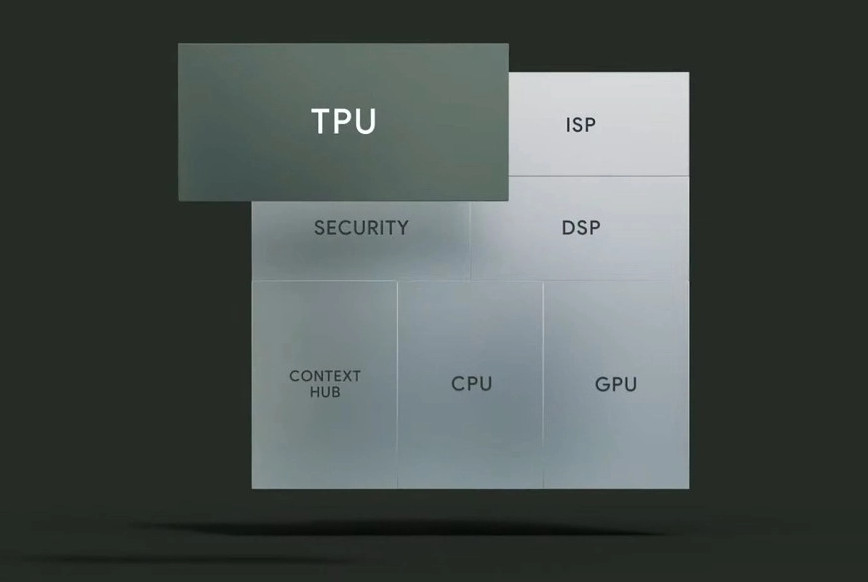
The phone is powered by Google Tensor G2 SoC, which was first introduced with the Pixel 7 series. It has 2x Cortex-X1 @ 2.85GHz; 2x Cortex-A78 @ 2.35GHz; and 4x Cortex-A55 @ 1.8GHz with Mali-G701 MP7 GPU and also has Titan M2 security chip.
The performance is smooth without any lags, and it also offers smooth gaming performance even in graphic intensive games. When you play graphic-intensive games like COD, BGMI and Genshin Impact, or use the camera for a long time for recording videos, it gets hot quickly. It reached maximum 43º in our testing indoors in Wi-Fi, but this might vary outdoors in 4G or 5G. I did not receive an overheating warning on my Pixel 7a, unlike the Pixel 6a.
That said, check out some synthetic benchmark scores below.
![]()
![]()
![]()
As you can see, the Tensor G2 chip is decent, but it can’t compete with other chips, and it scored less than the Pixel 6a on AnTuTu which is weird.
Battery life
Coming to the battery life, the phone packs a 4385mAh (typical) built-in battery, which is slightly smaller than the 4410mAh in the Pixel 6a. However, it did last for a day even with mixed use on 90Hz. I got over close to 5 hours of screen on time with over a day of use on Wi-Fi. With heavy use, it will last less than a day.
It has 18W PD fast charging, and takes about an hour to charge to 50%, over 1 and half hour to charge to 90%, and the next 10% takes another half an hour, so it takes about 2 hours for full charge. Google has also added wireless charging support, but it maxes out at 7.5W, so it will take several hours to charge the phone.
Conclusion
Overall, the Pixel 7a is a decent upgrade to the Pixel 6a in terms of display refresh rate, camera, SoC and also adds wireless charging. However, the Rs. 43,999 price tag is hard to justify since there are phones with powerful SoCs in the market in the range, and it still comes with 18W charging which is slow.
Google still offers Rs. 4,000 instant discount on HDFC Bank Cards and EMI as a part of limited-period. If you want to get the phone for the camera and the software support, you can wait for the price cut.
Alternatives
OnePlus 11R in the similar price range offers a better display, faster SoC and faster charging. Google’s own Pixel 7 will be available at a cheaper rate during sale, and with card offers, it is still a good deal if you need a better camera with HDR video recording, glass back and faster wired and wireless charging support.
Pricing and availability
The Google Pixel 7a is priced at Rs. 43,999 (MRP), the same launch price as the Pixel 6a and is available from Flipkart.
Pros
- Stock Android without bloatware, promise of 3 OS updates and 5 years of security updates
- Brilliant cameras
- Smooth performance
- IP67 ratings
- Wireless charging
Cons
- 90Hz screen compared to 120Hz from competitors
- Gets heated quickly during intensive tasks
- 18W charging is slow

